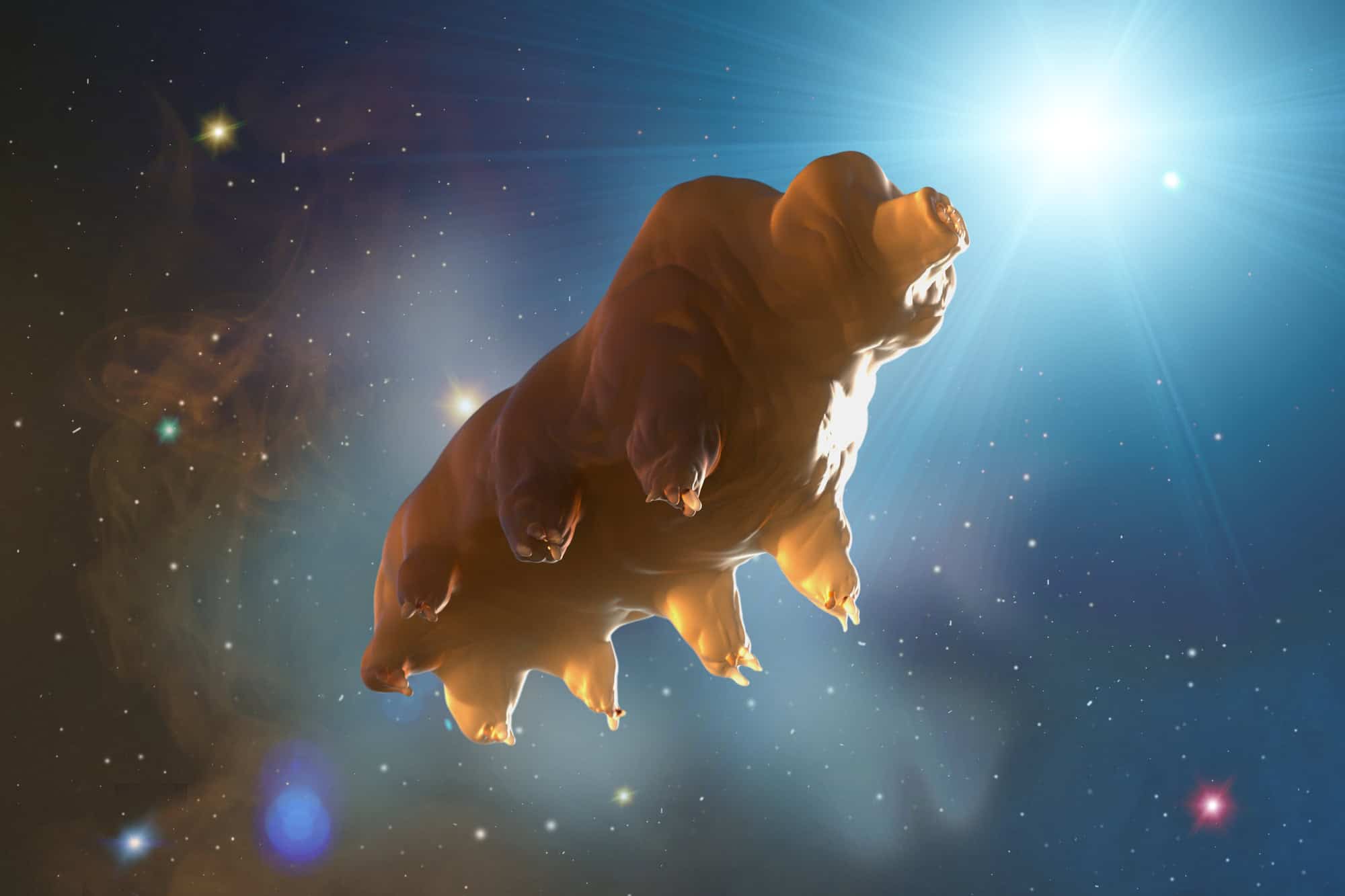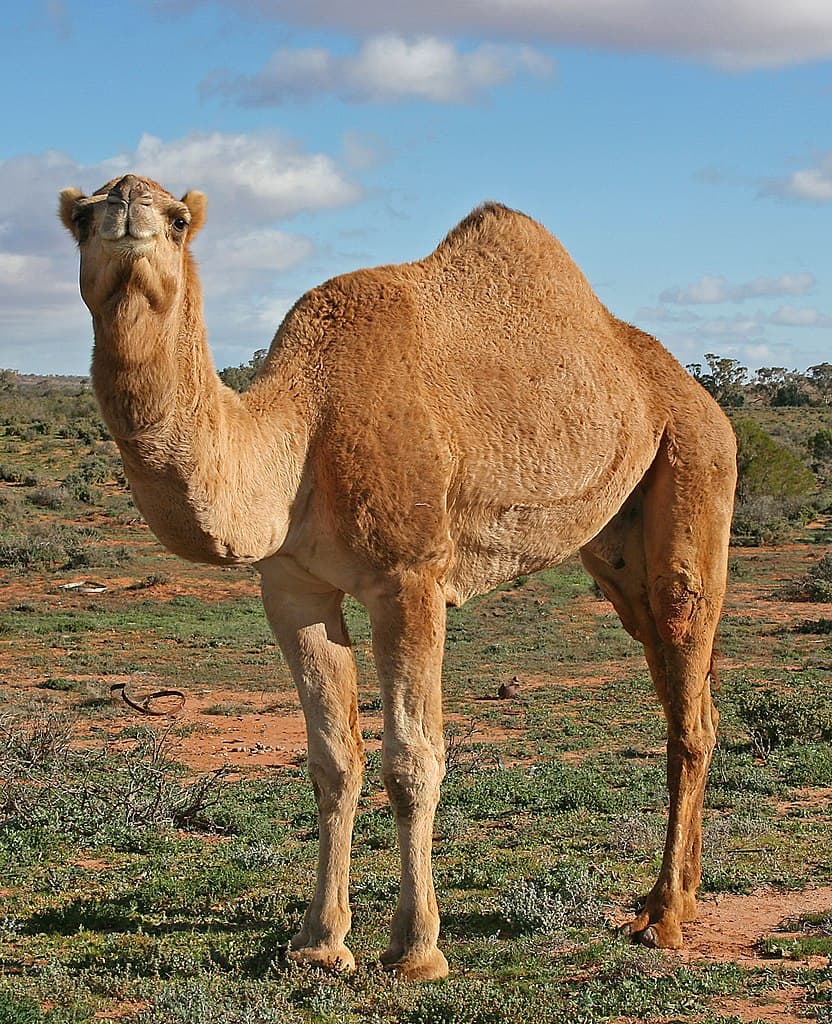From the frozen expanses of the Arctic to the scorching sands of the Sahara, certain animals have developed remarkable adaptations that enable them to thrive in the most extreme environments on Earth. These survivors exemplify the resilience and versatility of life. This article explores eight extraordinary animals that manage to live and even thrive where many others would perish.
Pompeii Worm

The Pompeii worm, or Alvinella pompejana, is an extremophile residing in one of the most inhospitable environments imaginable: the hydrothermal vent systems deep in the ocean. Found at depths of over 2,500 meters, these worms flourish in temperatures that oscillate between 45°C (113°F) and 80°C (176°F). Sporting a fleece-like covering of bacteria on their backs, these creatures sustain a symbiotic relationship, where the bacteria help detoxify the environment, and in return, the worms provide nourishment. This unique adaptation enables the Pompeii worm to survive such extreme temperatures.
Tardigrade

Often called water bears due to their bear-like appearance under a microscope, tardigrades can survive nearly anywhere—from the peaks of the Himalayas to the depths of the ocean. These tiny, resilient creatures are renowned for their ability to endure extreme conditions, from temperatures as low as -272°C (-458°F) to as high as 150°C (302°F). Tardigrades can withstand high levels of radiation, immense pressure, and even the vacuum of space by entering a desiccated state called cryptobiosis, where their metabolic processes cease until favorable conditions return. This extraordinary resilience has captured the fascination of scientists worldwide.
Emperor Penguin

The emperor penguin, native to the Antarctic, is the only penguin that breeds during the harsh Antarctic winter. With temperatures plunging to -60°C (-76°F) and winds reaching speeds of up to 200 km/h (124 mph), these penguins rely on unique adaptations to survive. Their dense feathers provide excellent insulation, and a thick layer of fat helps retain body heat. Emperor penguins huddle together for warmth, taking turns to be on the outer edge of the huddle where it is coldest. Their remarkable breeding cycle and social behaviors enable them to thrive in one of the coldest places on Earth.
Desert Lizard

Desert lizards, such as the Namib Desert’s web-footed gecko and the Sahara’s horned viper, have adapted to survive in environments where temperatures can exceed 50°C (122°F) and water is scarce. The web-footed gecko is nocturnal, avoiding the intense daytime heat, and can absorb moisture through its skin and eyes. The horned viper uses its special scales to bury itself in the sand, staying cool during the day. These lizards have evolved physiological and behavioral strategies that enable them to conserve water and tolerate heat, making them masters of desert survival.
Yaks

Yaks, native to the high-altitude regions of the Himalayas and the Tibetan Plateau, have adapted to thrive at elevations exceeding 4,000 meters (13,000 feet), where oxygen levels are considerably lower than at sea level. Their large lungs and heart enable efficient oxygen utilization, and their thick, long woolly coat protects them from freezing temperatures. Yaks graze on rugged terrain where vegetation is sparse, demonstrating their remarkable ability to survive and even provide sustenance to humans at the edge of habitable conditions.
Camel

Known as the “ships of the desert,” camels are synonymous with survival in arid and unforgiving landscapes. With the ability to go weeks without water, camels can drink up to 40 gallons (151 liters) of water in one go. Their bodies efficiently manage hydration by tolerating significant water loss and conserving fluids. Camels possess specialized kidney and intestinal functions to minimize water loss and have fatty deposits in humps, which are utilized as energy reserves. These adaptations allow camels to traverse vast desert expanses under the relentless sun.
Snow Leopard

Inhabiting the rocky, high-altitude terrain of Central Asia, snow leopards are highly adapted to life in extreme cold. Their thick fur and long bushy tails provide insulation against temperatures dropping to -40°C (-40°F). Snow leopards have large nasal cavities to warm the air they breathe and powerful leg muscles for exceptional agility on steep and craggy mountains. Their keen sense of vision and hearing aids them in hunting scarce prey, making the snow leopard an apex predator in a challenging environment.
Kangaroo Rat

Kangaroo rats, native to North American deserts, have evolved to survive without ever drinking water, fulfilling their hydration needs solely from the moisture in the seeds they consume. They are nocturnal, which helps avoid the desert heat, and have efficient kidneys that produce highly concentrated urine to conserve water. Their burrowing behavior creates a microhabitat shielded from temperature extremes. These adaptations enable the kangaroo rat to thrive in environments that would be otherwise inhospitable.
Conclusion

The animals we have explored highlight nature’s incredible capacity for adaptation and endurance amidst the harshest environments on Earth. Through unique anatomical, physiological, and behavioral adaptations, these species not only survive—many thrive in the elements. Understanding and appreciating these remarkable organisms provide us with valuable insights into the resilience of life. In doing so, they underscore the importance of preserving their environments to ensure that these extraordinary creatures continue to flourish.
- 10 American Rivers Where You Should Never Swim - August 23, 2025
- 13 Surprising Animals Thriving in Urban America - August 23, 2025
- 13 Common Birdwatching Mistakes and How to Fix Them - August 23, 2025

